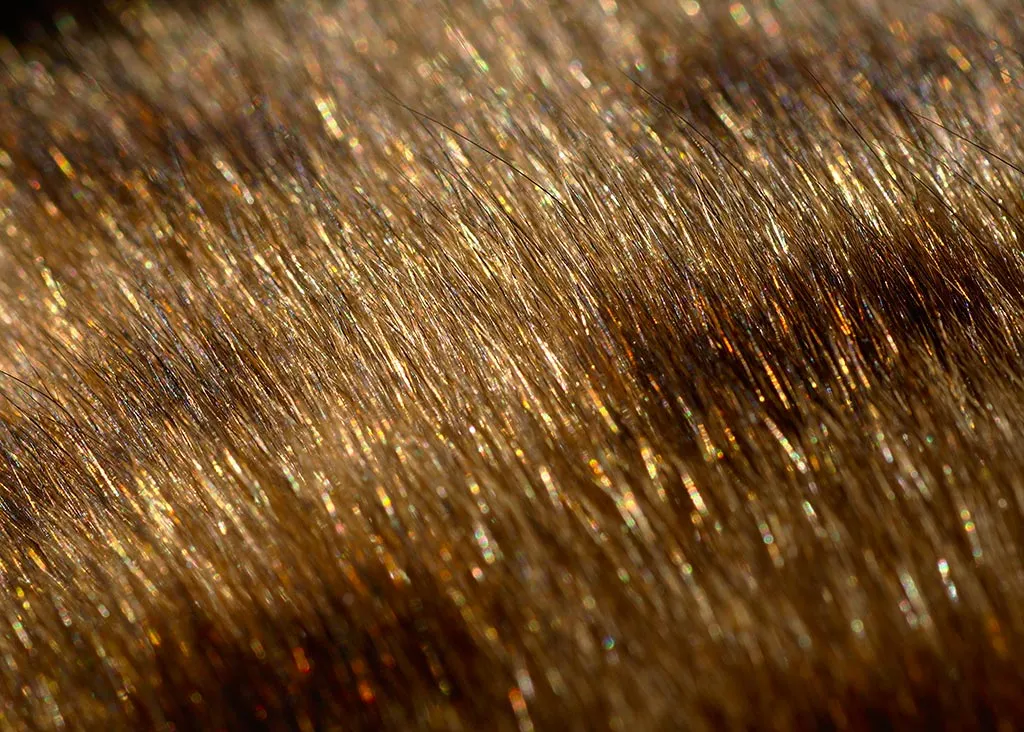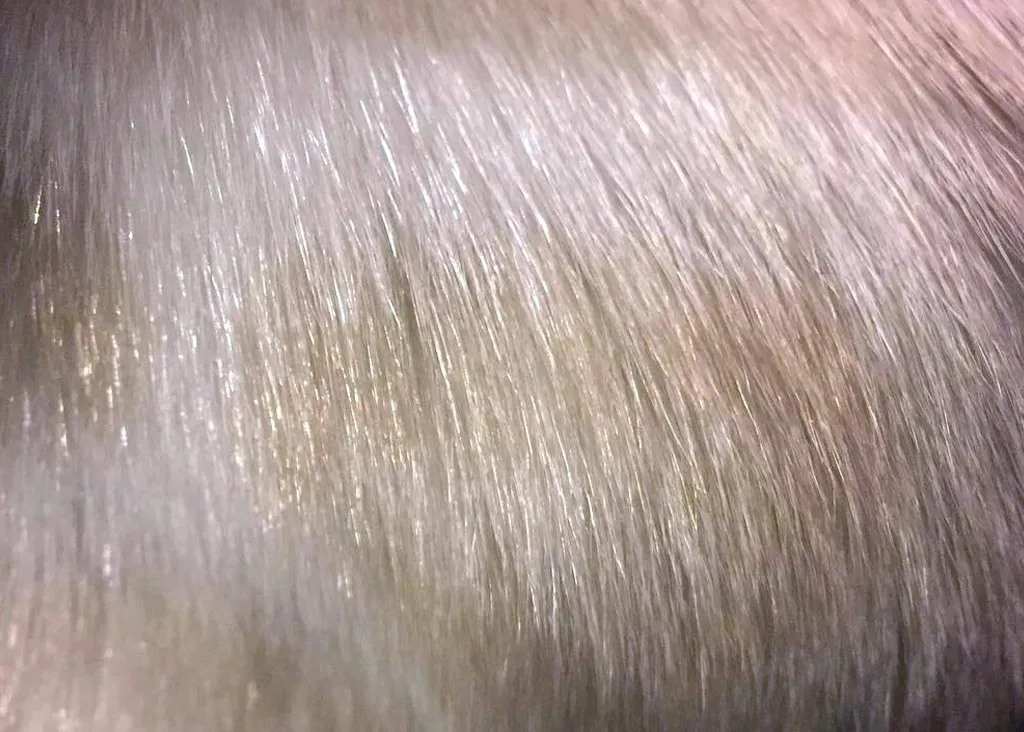Bengal cats captivate with their wild looks and vibrant coats, but their colors add another layer of fascination. If you’re searching for Bengal cat colors, you’ll discover a stunning array recognized by The International Cat Association (TICA), including standard shades like brown, snow, and silver, plus non-standard ones such as charcoal, blue, and melanistic black. These hues, combined with distinctive patterns like spots, rosettes, and marbles, create high-contrast markings that mimic their Asian leopard cat ancestors. Understanding Bengal cat colors helps breeders, owners, and enthusiasts select the perfect companion while appreciating the breed’s genetic diversity.
 Bengal cat colors patterns coat infographic
Bengal cat colors patterns coat infographic
This guide breaks down each Bengal cat color, their genetic basis, eye colors, and unique traits. Drawing from TICA standards and breeder insights, we’ll explore how these shades influence care needs, like grooming for glittered coats or monitoring patina effects. Whether you’re a new Bengal owner or a seasoned cat lover, knowing these details ensures better health and appreciation for your feline’s beauty.
The Brown Bengal Cat: The Classic Choice
The brown Bengal cat stands as the most popular Bengal cat color, first recognized by TICA in 1983. Carrying full color genes (C,C), these cats feature a ground color ranging from gray-tawny to vivid orange-gold, with markings in black, light brown, or reddish tones. Preferred shades include golden, cream, tawny, honey, taupe, tan, beige, caramel, and cinnamon, though orange-brown ground colors are ideal.
 Brown Bengal cats
Brown Bengal cats
Brown Bengals showcase jet-black to brown markings, a black-tipped tail, red nose, and eyes in brown, copper, gold, green, or hazel. A white belly is desirable, enhancing their leopard-like appeal. As the foundation of the breed, brown Bengals thrive on high-protein diets supporting their active nature, per veterinary recommendations from the American Animal Hospital Association (AAHA).
Owners report these cats shed minimally but benefit from weekly brushing to highlight their glossy coats. Early generations (F1-F2) often displayed intense browns, influencing modern lines.
Snow Bengal Cats: Ivory Beauties with Leopard Flair
Snow Bengals evoke mini snow leopards through cream and ivory tones linked to Siamese and Burmese ancestry, not true albinism. TICA recognizes three seal variations: Lynx, Mink, and Sepia, each with distinct genetics and appearances.
 Snow Lynx Bengal cats
Snow Lynx Bengal cats
Seal Lynx Snow Bengals (Cs, Cs genes) display very light white-cream coats with dark/light seal markings and blue eyes—always blue for easy identification. Seal Mink (Cb, Cs) offer ivory to light tan bases with seal mink markings, blue-green or aqua eyes, and dark seal-brown tail tips. Seal Sepia (Cb, Cb) mirror mink shades but with seal sepia patterns and green/gold eyes.
 Snow Mink Bengal cats
Snow Mink Bengal cats Snow Sepia Bengal cats
Snow Sepia Bengal cats
Genetic testing confirms types, vital for breeding. Snow Bengals require UV protection in sunny climates due to lighter pigments, as advised by feline dermatologists.
Silver Bengal Cats: Shimmering Cool Tones
Introduced to TICA championships in 2004, silver Bengals (I, i or I,I inhibitor genes) suppress warm pigments for a cool, white-to-steel base contrasted by dark markings. This “lack of color” yields stunning visuals.
 Silver Bengal cats
Silver Bengal cats
Silvers minimize tarnish (yellow/rusty tones), featuring dark gray to jet-black spots/rosettes, black-tipped tails, brick-red noses, and green/golden eyes. Variants include Silver Snow, Silver Charcoal, and Blue Silver. Their metallic sheen demands gentle shampoos to preserve clarity, according to grooming experts.
Silvers often excel in show rings for high contrast, blending well with modern homes.
Charcoal Bengal Cats: Smoky and Mysterious
Non-standard charcoals (Apb, a or Apb,Apb agouti genes) appear darker than traditional colors, prominent in early F1-F2 Bengals. They overlay browns, silvers, snows, and blues with smoky gray-brown bases lacking rufous tones.
 Brown Charcoal Bengal cats
Brown Charcoal Bengal cats
Charcoals boast “Zorro” masks (upside-down Y or peace sign), thick dorsal stripes, dark tails, and ghost markings on black bodies—distinguishing them from melanistics. Silver charcoals add another dimension.
 Silver Charcoal Bengal cats
Silver Charcoal Bengal cats
These cats suit low-light homes, with vets noting no health issues beyond standard Bengals.
Blue Bengal Cats: Rare Powder Blues
Blue Bengals (d,d dilute genes) remain rare, requiring both parents to carry the recessive trait. Their powder blue-gray coats with peachy undertones feature metal-gray/blue patterns, never black.
 Blue Bengal cats
Blue Bengal cats
Steely blue grounds, dark gray tail tips, and gold/green/hazel eyes define them. Breeders push for championship status, emphasizing their unique dilute charm. Blues may need extra warmth in cooler environments.
Melanistic (Black) Bengal Cats: Panther-Like Elegance
Solid black melanistics (a,a agouti genes) mimic black panthers, with ghost spots visible in sunlight on uniform black coats. Rare and non-approved by associations, they feature faint brown-black patterns.
 Black Bengal cats melanistic
Black Bengal cats melanistic
Smoke Bengals are silver melanistics. Ideal for stealthy companions, they shed dark hairs but maintain soft fur.
Additional Traits: Patina, Ticking, and Glitter
Patina involves black-tipped hairs blurring patterns from shoulders rearward, while ticking creates overall fuzzy contrast via multi-toned shafts. Both soften bold looks without health impacts.
Glitter, a Bengal hallmark, arises from hollow translucent hairs reflecting light like stardust—even in dim rooms.
 Glitter on a Snow Bengal cat
Glitter on a Snow Bengal cat Close-up of Bengal cat glitter effect
Close-up of Bengal cat glitter effect
This trait enhances all Bengal cat colors, making grooming a joy.
In summary, Bengal cat colors range from vibrant browns to ethereal silvers and rare blues, each with patterns ensuring wild allure. Consult TICA standards and vets for breeding or care. Ready to adopt? Explore our Bengal guides for nutrition, health, and training tips to keep your cat thriving.
References:
- The International Cat Association (TICA) Bengal Standards: tica.org
- Bengal Cats.co: bengalcats.co
- American Animal Hospital Association (AAHA) Feline Guidelines
